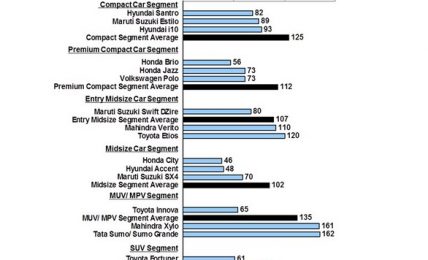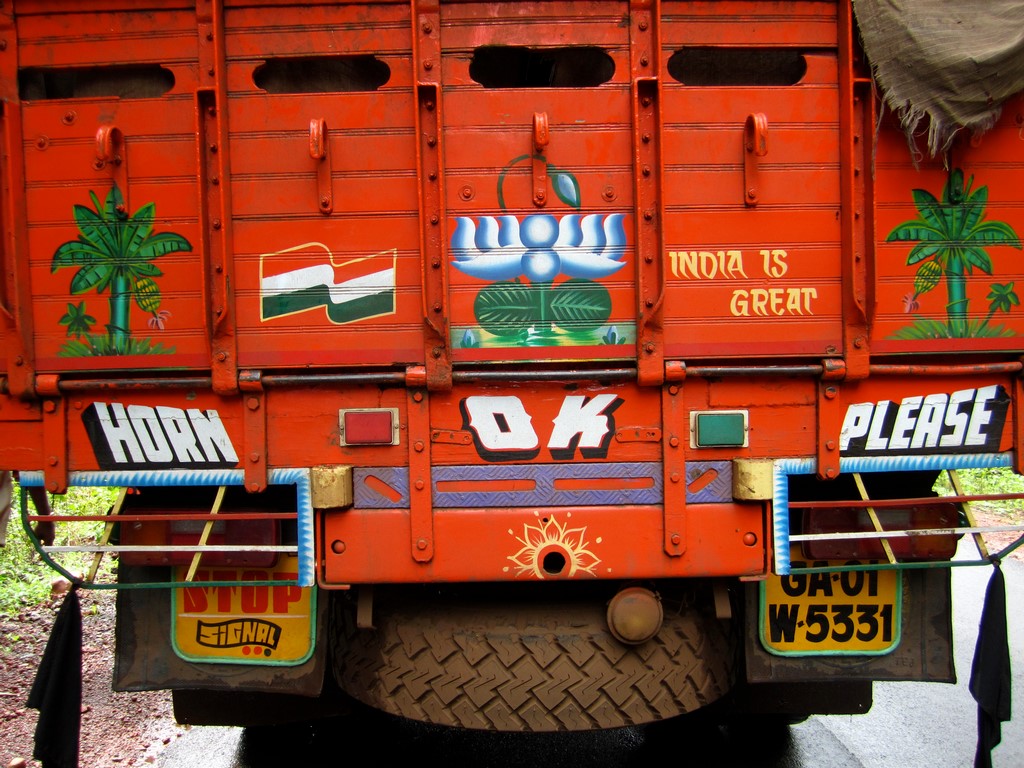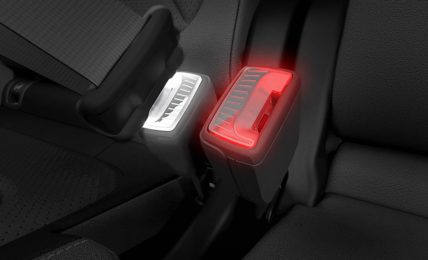The safety standards for the Bharat New Vehicle Safety Assessment Program have been reduced or even eliminated in the new rules proposed from 2017.
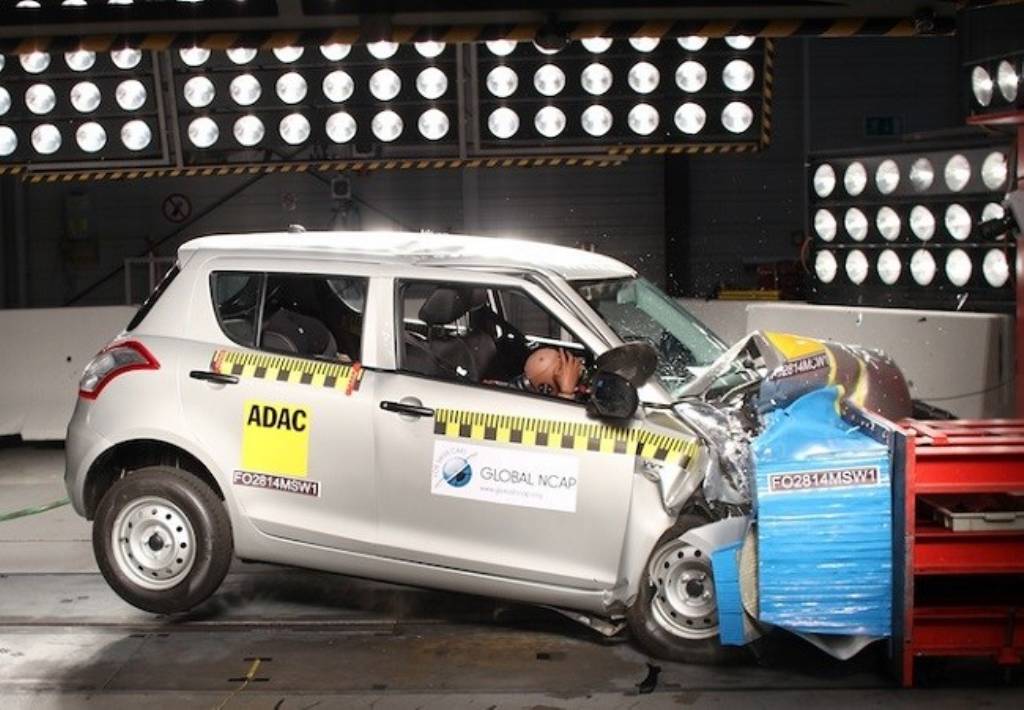
As part of prompt action taken on the issue of vehicle safety, the Indian government was quick to announce new India specific safety norms the ‘Bharat New Vehicle Safety Assessment Program’ (BN VSAP) that will be the basis on which cars in the future will be allowed to ply on Indian roads. However, a close inspection of the upcoming BN VSAP paints a different picture altogether with several safety standards either reduced or eliminated as per the convenience of car makers. This begs us to ask the question are Indian car safety norms being designed to favour car manufacturers over customer safety?
Compared to international safety norms, the Indian government plans to introduce severely different safety rules which include the frontal crash test speed reduced from 64 km/hr to 56 km/hr. The head and leg impact tests seen under Euro NCAP have been reduced to only the head impact crash test for India while the side impact tests will see no child dummies being used, contrary to the global tests. The 50 km/hr speed has been retained though. In addition, the government is still contemplating to mandate safety alarm system, child alarm system, seatbelt pre-tensioners and airbags, whereas ABS and EBD have been proposed to be mandatory on Indian vehicles from 2017.
While it is understood that implementing all safety features following Euro norms will radically change the price equation on mass market cars and reduce sales, at no point does that allow the absence of essential features neglecting safety. The auto lobby has been silently influencing the new safety norms much to the support of government bodies. K.K. Gandhi, Director, Society of Indian Automobile Manufacturers (SIAM), has been dismissive about adding safety features to vehicles and also went on to give explanations saying –
“Higher speed crash tests will make the cars safer, but also costlier. At the same time, it could make the drivers more aggressive as they will think that their cars are safer.”
India’s largest car maker Maruti Suzuki has also been vocal in not adding safety features to vehicles providing several absurd reasons. Recently, Maruti chairman RC Bhargava said –
“It is a little premature to jump to the conclusion that airbags will solve the problem. Nobody has established any link between how many deaths have been caused because a car did not have airbags.”
It is statements like these that speak volumes about the seriousness towards vehicular safety among the Indian government and car makers. Mr. Bhargava needs to do his research as it has been proven that airbags save lives. Clearly trying to shrug off responsibility here, car makers do not want to incorporate safety systems on vehicles while the stringent global norms will force automakers to change the cars right down to the chassis to increase structural rigidity to survive the impact.
While aligning norms for safer cars is one thing, the practical application of the same is completely different. At present, India has no crash test facilities and the government is in the process of developing two such facilities namely the International Centre for Automotive Technology (ICAT) at Manesar and ARAI at Pune that will be ready by December this year. Even if the testing facility is ready within the stipulated time, India lacks the necessary skills, software and man power for testing. Even equipment like crash test dummies are hard to come by considering there is only one supplier of the same and there is already a huge waiting list.
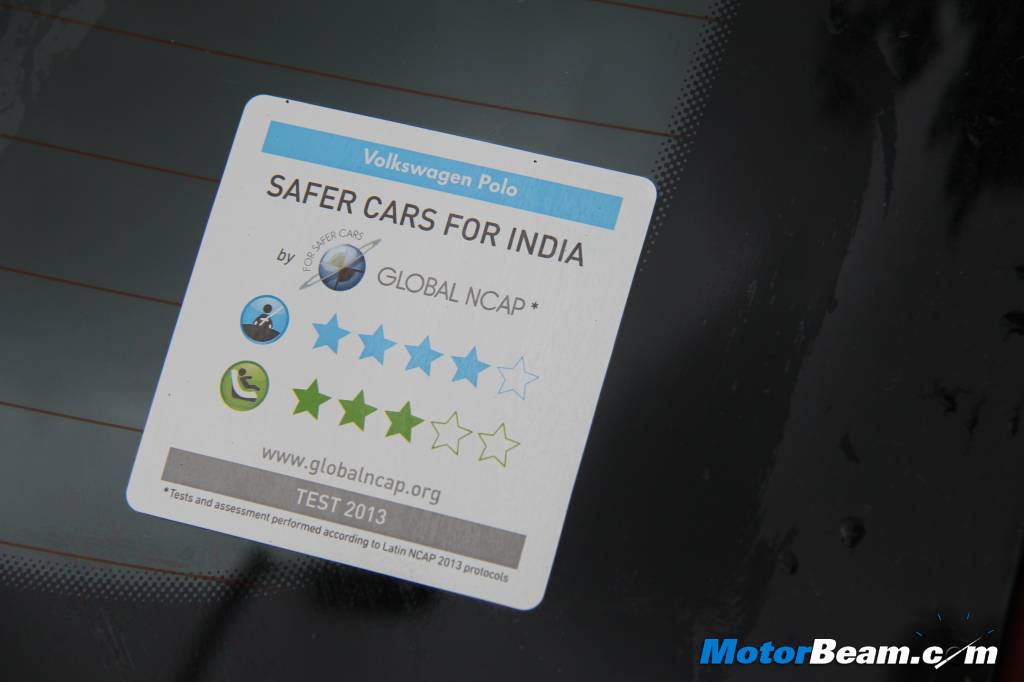
Source – Outlookindia.com


